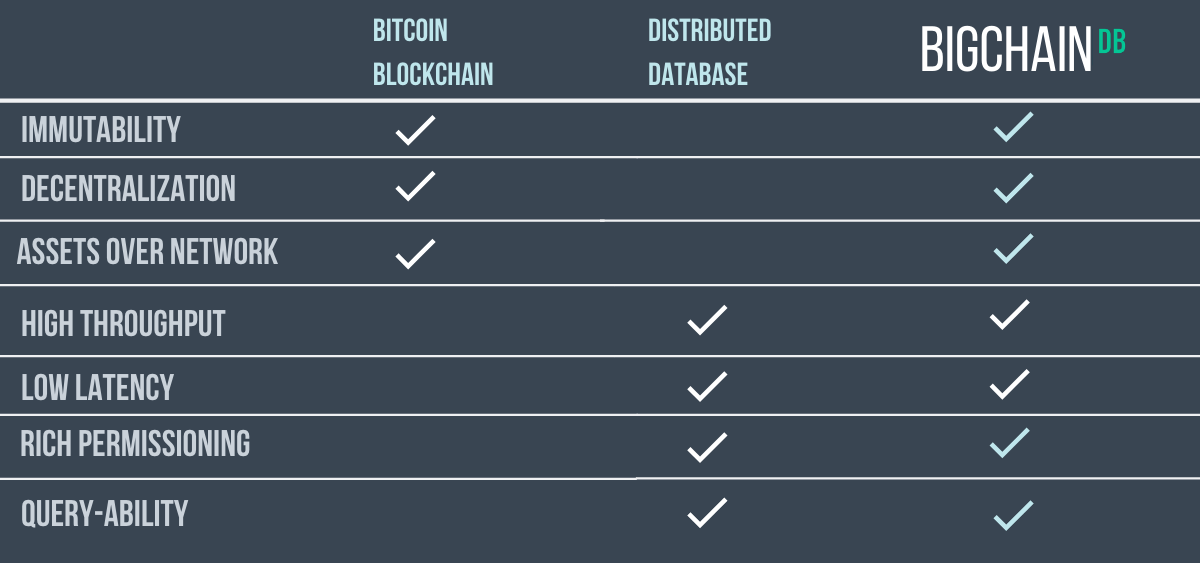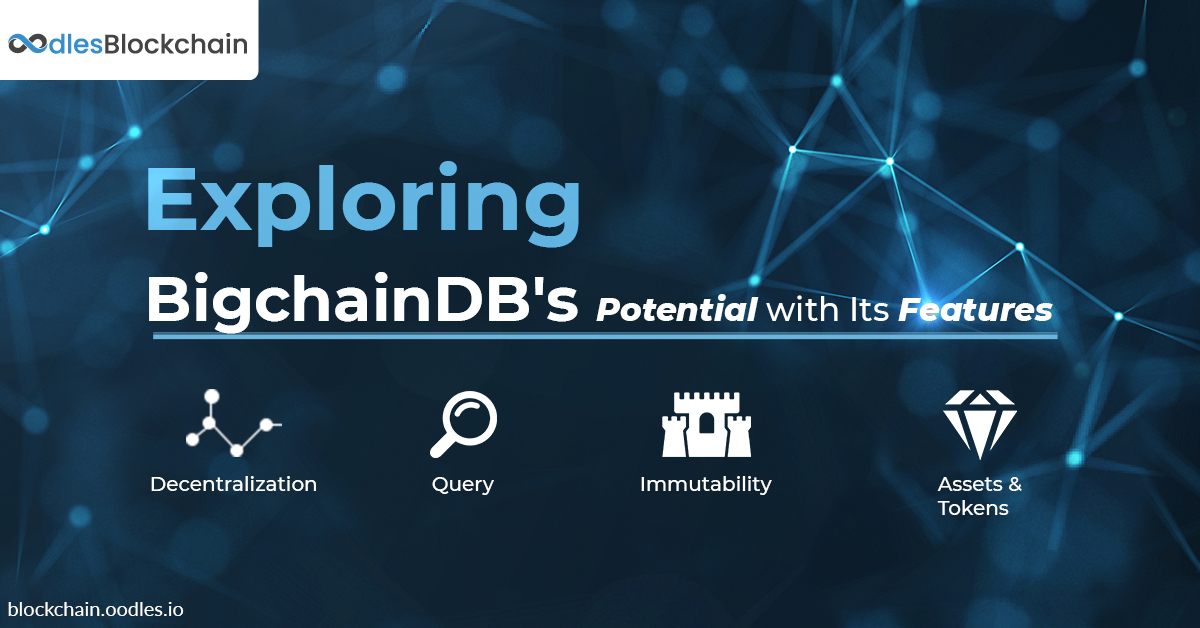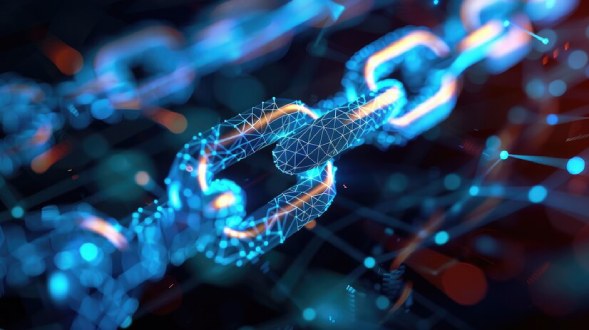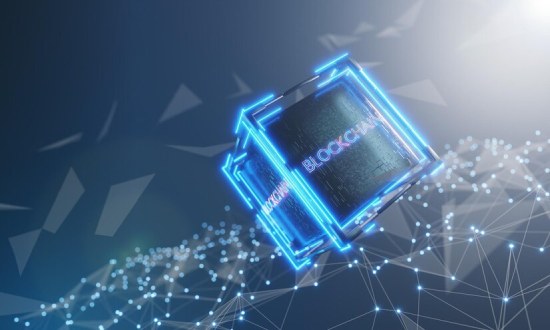-
BigchainDB is like a digital database with a few blockchain characteristics and features. It has blockchain properties like decentralization, immutability and owner-controlled assets, and database characteristics like fast transactions, low-latency, and queryable data. With Byzantine Fault-Tolerant (BFT), it ensures the system continues to work, even if up to a third of the nodes fail in any way. BigchainDB 2.0 provides a production-ready infrastructure for several use cases.
Analyzing BigchainDB and Its Features
In this blog, we will explore how BigchainDB becomes the appropriate platform for a few significant use cases and how it fits into the decentralization ecosystem.
BigchainDB is attributed as a blockchain database because it contains some blockchain features and database properties.
Nonetheless, there were some issues in the original BigchainDB design, like the inability to withstand arbitrary faults, and an underlying database with a primary node. Essentially, that node used to be the only single point of control and the single point of failure.
BigchainDB 2.0 addressed these challenges with a unique method while retaining the blockchain properties and database characteristics.

Complete Decentralization and Byzantine Fault Tolerant
Technically, BigchainDB makes use of Tendermint for networking and consensus. Each node in the network uses its own local MongoDB database and it is the Tendermint protocols that establish communication between the nodes. It makes the system BFT, as Tendermint is BFT. Consequently, even if a malicious node succeeds in getting the admin privileges to one of the local MongoDB databases, the databases in other nodes will remain unaffected.
Further, if several different participants in a BigchainDB 2.0 network own and operate nodes, it makes the network decentralized. It is because then there will be no single owner, no single point of control, and no single point of failure.
Theoretically, we need to locate nodes in different countries, legal jurisdiction, and hosting providers. It will ensure that an issue with one doesn’t affect other nodes. So, when any node fails, the rest of the system will continue to work. Indeed, even though up to one-third come under attack in arbitrary ways, the non-faulty will continue to work by agreeing upon how to proceed.
Immutability
Another prominent feature of BigchainDB 2.0 is that once you store data on its database, nobody can change or erase it. Or, even if someone manages to corrupt it, it won’t be achievable without great difficulties. Additionally, if somehow someone manages to change or erase any data, it will become detectable. So, we can say that the data storage in the BigchainDB’s network is “practically immutable.” BigchainDB’s design embraces several strategies to make data storage practically immutable.
- There are no BigchainDB-provided APIs, which makes alteration or change in stored data almost impossible.
- Every node in the network possesses a complete copy of all data in a standalone MongoDB database. There’s no global MongoDB database. So, even if some nodes get corrupted, others will continue to work while having a copy of all data.
- It uses cryptography mechanisms to encrypt and sign all transactions. Changing the transaction detail once stored will require to change the signature, which is also detectable.
Owner-Controlled Assets
Similar to other blockchain platforms, BigchainDB also provisions for owner-controlled assets. It means that only the individual having ownership of an asset can transfer it to others, not even a node operator can do it. In other blockchains, there’s only one single built-in asset such as a digital asset or cryptocurrency. However, BigchainDB provisions external users to create several assets. But, they can’t create assets that someone has already created.
Essentially, it prevents the double-spending problem by checking every transaction and ensuring that it is not transferring an output that has already been transferred.
Fast Transactions
One of the prominent features of BigchainDB is its ability to execute several transactions per second.
One design goal of BigchainDB has always been the ability to process a large number of transactions each second. As it uses Tendermint, analyzing other Tenedermint-based networks gives the idea of what we can expect from it.
Conclusion
BigchainDB boasts of blockchain features that make it a highly promising blockchain platform for developing private or public decentralized solutions. It finds use cases in many prominent business areas like intellectual property, identity management, supply chain management, and more. In the upcoming blogs, we will closely analyze those use-cases and see if BigchainDB solutions and application development can provide sufficient infrastructure.
Oodles is a blockchain development company with experience in providing decentralized solutions for diverse businesses using platforms like BigchainDB. Explore BigchainDB blockchain's potential for your next project with our blockchain consulting services.

Our Offices
INDIA
Emaar Digital Greens, Sector 61,
Gurugram, Haryana
122011.
Welldone Tech Park,
Sector 48, Sohna road,
Gurugram, Haryana
122018.














